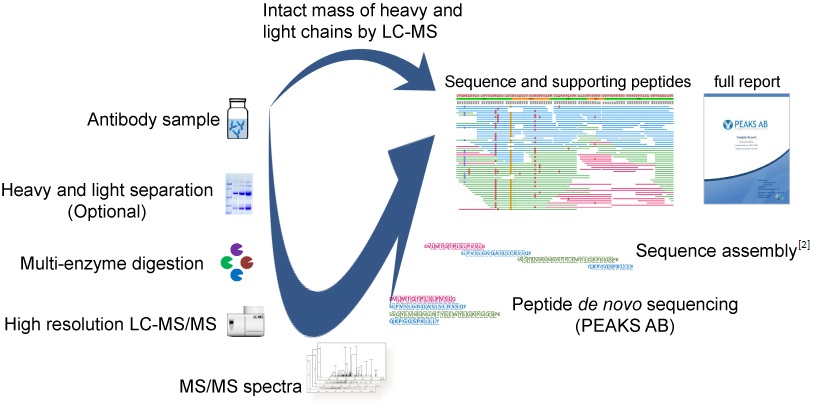

The success rates for studies where proteins were de novo–designed to have new structures are varied but can be high with many designs ( blue). The circle size denotes the number of folded/functional designs in each study. The success rate is defined as the percentage of reported designs in each study that adopt the designed structure ( folded, blue experimental structure determined, orange) or function ( green, red). For readers interested in the history of de novo protein design, we refer to a recent review (įigure 7 Success rates reported for design studies listed in Table 1. We focus on advances made in the past 5 years. In this review, we discuss development of design principles and methods in these aspects and will highlight the role played by the structural data in the PDB in informing these principles, in the context of this special issue of the Journal of Biological Chemistry celebrating the 50th anniversary of the PDB. Ongoing challenges for designing de novo functional proteins arise from all major aspects of this process ( Fig. 1): generation of designable protein backbone conformations, sampling of sequences optimal for these structures, scoring functions that are sufficiently accurate to distinguish correct from incorrect solutions, and design of functional sites with the desired activities. Computational protein design is typically defined as at optimization problem: given a user-defined structure and function, find one or a few low-energy amino acid sequences stably adopting the desired structure and performing the targeted function. KeywordsĪbbreviations: FASTER ( fast and accurate side chain topology and energy refinement), LOCKR ( latching orthogonal cage-key proteins), MSD ( multistate design), PDB ( Protein Data Bank), RIF ( rotamer interaction field), SEWING ( structure extension with native-substructure graphs), TERMs ( tertiary structure motifs), TR-Rosetta ( transform-restrained Rosetta)Ĭomputational methods have addressed a number of key challenges in the protein design and will continue to play a major role in advancing applications. The advances not only highlight design goals reachable now but also point to the challenges and opportunities for the future of the field. We describe developments in de novo generation of designable backbone structures, optimization of sequences, design scoring functions, and the design of the function. Here, we review recent innovations in major aspects of the de novo protein design and include how these advances were informed by principles of protein architecture and interactions derived from the wealth of structures in the Protein Data Bank. Successes in expanding applications are driven by advances in design principles and methods over several decades.

The computational de novo protein design is increasingly applied to address a number of key challenges in biomedicine and biological engineering. Glycobiology and Extracellular Matrices.


 0 kommentar(er)
0 kommentar(er)
